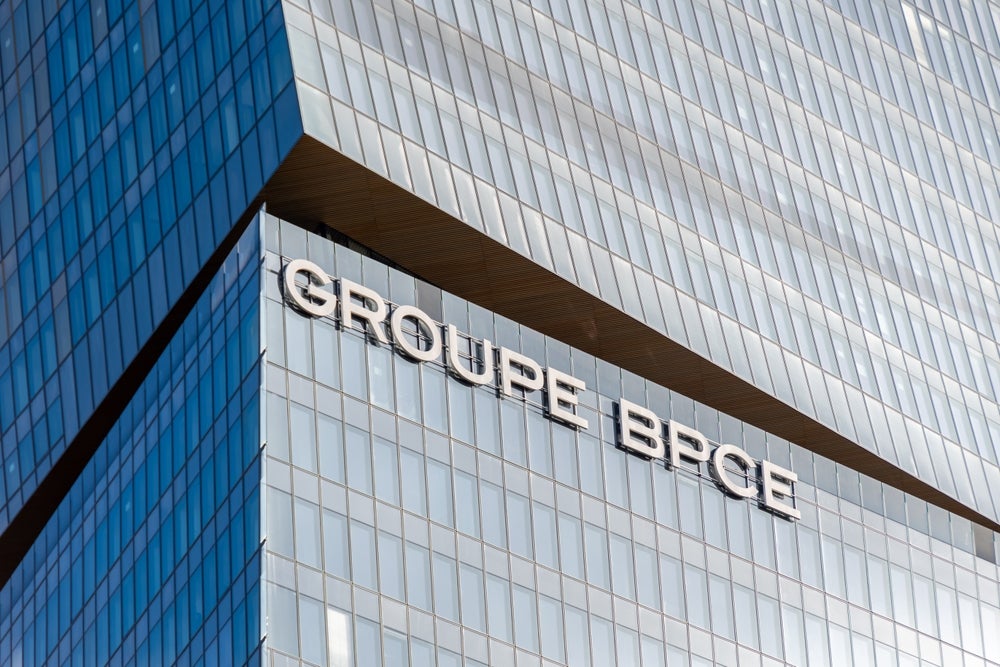At the Leasing Life SME Lending event last month, A2 Venture Leasing head Atul Madahar explained the potential that venture leasing could hold for the UK market. Here, Madahar explains venture leasing and its potential. Transcript edited by Brian Cantwell.
I have recently returned from living in the US for after nearly 30 years. For around half that time I was in the SME world, and around 10 of those years I spent in venture capital itself. During that time I was exposed to various venture-related financing options, including venture debt and venture leasing. I would like to share this experience from the US on what it is, how it is similar or different to SME leasing, the financial-backed options open to venture-backed companies – because it is not the only thing out there, and to give you a sense of the US market experience versus what I have seen in the last 12 months.
Venture leasing is the leasing of plant and equipment to revenue-generating but not-profitable companies backed by institutional venture funds. These can be traditional venture funds backed by pension funds, insurance firms, fund of funds. They can also be corporate venture funds – Cisco had a venture fund at Microsoft – or growth capital funds. They are institutional funds that have a series of paths to face progression on.
The equipment leased by venture-backed firms is pretty common to everything that is being leased today. It is manufacturing and production equipment and assets; it is field assets; it is quite often lab equipment especially in the pharma space, and the hard technology space. IT assets such as computers, networks and boxes are less common these days as the OEMs are actually financing them themselves. But there are opportunities there. Quite often it is legacy equipment that has been aggregated and securitised into one leasing bundle that the lessor then leases back to, or financing for, the venture capital company.
The big difference, though, is that the lease has lease payments, but there is an equity component, in terms of warrant cover. This is to enable the lessor to basically get an additional kicker, an additional IRR, for the additional risk they are taking, because none of these firms actually have any profitability or any history of profitability. This is really important, and pretty unique in terms of what I have seen in the UK and Europe.
So where did venture leasing start? It has been around in the US for a long time; it goes back to the 1960s and 1970s with leasing computer equipment. Then fast-forward into the 70s and you had a lot of semi-conductor equipment manufacturers and hard drive equipment manufacturers that needed to lease big equipment for manufacturing in Silicon Valley. That is where it emerged. Since then it has gone through a variety of ups and downs through the venture cycles in Silicon Valley and across the US.
How well do you really know your competitors?
Access the most comprehensive Company Profiles on the market, powered by GlobalData. Save hours of research. Gain competitive edge.

Thank you!
Your download email will arrive shortly
Not ready to buy yet? Download a free sample
We are confident about the unique quality of our Company Profiles. However, we want you to make the most beneficial decision for your business, so we offer a free sample that you can download by submitting the below form
By GlobalDataVenture leasing fits in late-stage venture investments. The company needs to show the product has developed, that it has customers, but it is not necessarily profitable.
So why do venture-backed companies lease? It is pretty much for the same reasons that other SMEs, mid-market companies or large corporations lease. It is to provide financing flexibility to the company, and to free up working capital. A lease used to be structured off balance sheet, but we will see how that changes. Given that they are early-stage companies, they really do not have any credit profile; the due diligence on these companies is somewhat different.
There is also another important attribute and that is by obtaining a venture lease, and extending their working capital to the next milestone or round, it is less diluted if they take on additional capital. This is an important consideration for entrepreneurs, management teams, and existing investors.
So it is basically taking a company or a venture-backed company that is asset-heavy and making it asset-light. This has increased focus on the financing available in the US.
What are the differences here between SME leasing and venture leasing? Simply, these companies are fairly nascent. They are two to four years old, have no history of profitability but are generating revenue. This is what makes them riskier than a lot of lessees today: They do not have any long-term purchase agreements.
In the renewable energy space, startup companies have things like power-purchase agreements, which can be used to get leases on equipment that does not necessarily exist. There is also a risk that some companies have taken manufacturer equipment and customised it somewhat for their needs. That makes the secondary markets for them more risky. That needs to be taken into account when you do venture leasing.
The big thing that I would like to emphasise is that credit analysis on the underlying companies is one aspect of how venture leases work. The other important aspect of how the lender sees companies is to understand venture banking. How good are the investors? How much ‘dry powder’ do they have? How well are they going to support the company? Where are they in the lifecycle of their fund? Are they at the end, where they cannot invest any more?
So the due diligence is not just on the company itself; there is an overarching relationship with the VCs and the investors, and knowing where they are in their fund lifecycle and how they are going to support the company.
Venture leasing is a competitive environment. Entrepreneurs and management teams have a variety of options to finance their businesses and assets. They can typically do two things: One is take additional equity capital from their investors, or new investors, which often takes time, or they can take venture capital.
In the US there are a number of national players. In the UK today there are probably three major venture debt funds: Silicon Valley bank, which has been around since 2002, a group called Creos, and Boost Capital.
Venture leasing versus venture debt has some similarities, and some differences. Venture debt is senior debt that goes on top of the cap table, and it appears with a number of covenants which can be pretty draconian.
You have to be patient with the firm and you have to do a lot of reporting. I have lost three companies that have tripped over covenants in the past. Some of these venture and debt managers can be pretty ruthless.
I have also had entrepreneurial friends who have lost companies because they have tripped over covenants. The risk here is that the entire company can be at risk, whereas with venture debt, it is about the collateral of the underlying asset. This is a major benefit of venture debt.
Both forms of venture debt and venture leasing limit dilution, because you are not taking on additional capital at this point. Venture leasing, as opposed to venture debt, is a focused piece of financing that is really applicable to asset-heavy companies that do not want to take on materially loaded debt at the top of their cap table.
In 2015, nearly $60bn went into the venture markets.







